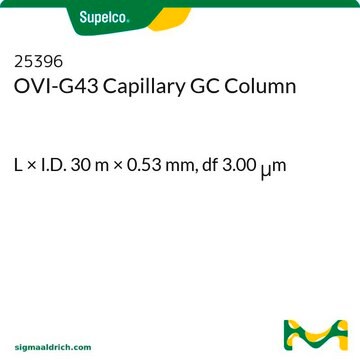24750
1-Chlorohexadecane
purum, ≥97.0% (GC)
Synonym(s):
Cetyl chloride, Hexadecyl chloride
About This Item
Recommended Products
vapor pressure
129 mmHg ( 21 °C)
grade
purum
assay
≥97.0% (GC)
refractive index
n20/D 1.449 (lit.)
bp
149 °C/1 mmHg (lit.)
mp
8-14 °C (lit.)
density
0.865 g/mL at 25 °C (lit.)
SMILES string
CCCCCCCCCCCCCCCCCl
InChI
1S/C16H33Cl/c1-2-3-4-5-6-7-8-9-10-11-12-13-14-15-16-17/h2-16H2,1H3
InChI key
CLWAXFZCVYJLLM-UHFFFAOYSA-N
Looking for similar products? Visit Product Comparison Guide
Storage Class
10 - Combustible liquids
wgk_germany
WGK 3
flash_point_f
276.8 °F - closed cup
flash_point_c
136 °C - closed cup
ppe
Eyeshields, Gloves, type ABEK (EN14387) respirator filter
Choose from one of the most recent versions:
Already Own This Product?
Find documentation for the products that you have recently purchased in the Document Library.
Our team of scientists has experience in all areas of research including Life Science, Material Science, Chemical Synthesis, Chromatography, Analytical and many others.
Contact Technical Service








